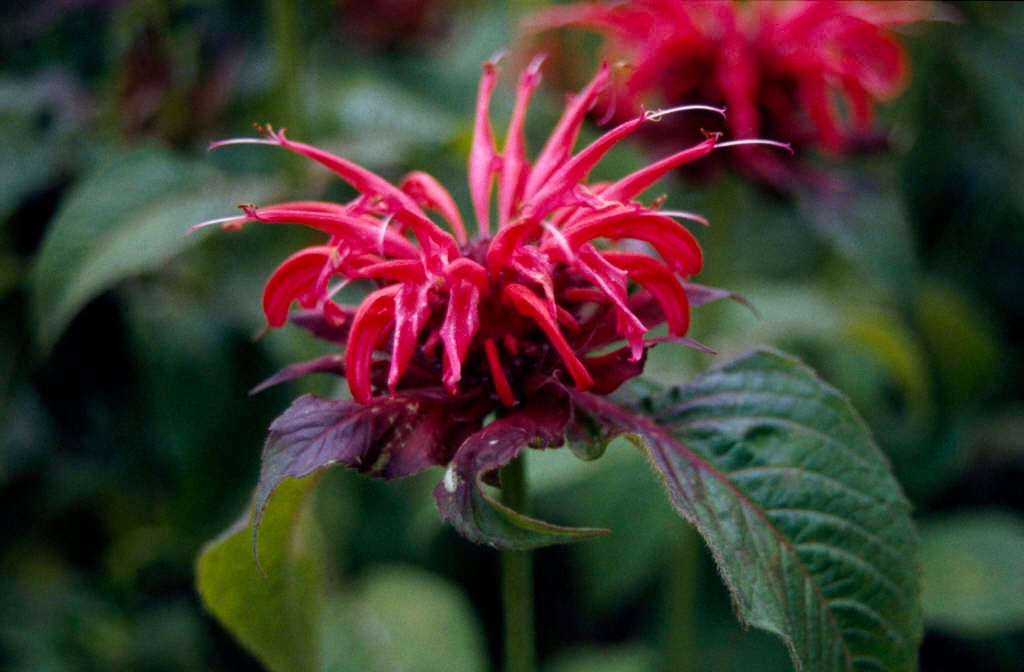Size
Ultimate height
0.5–1 metresTime to ultimate height
2–5 yearsUltimate spread
0.1–0.5 metresGrowing conditions
Moisture
Moist but well–drainedpH
Acid, Alkaline, NeutralColour & scent
| Stem | Flower | Foliage | Fruit | |
| Spring | Green | |||
|---|---|---|---|---|
| Summer | Red | Green | ||
| Autumn | Red | Green | ||
| Winter |
Position
- Full sun
- Partial shade
Aspect
East–facing or South–facing or West–facing
Exposure
Exposed or Sheltered Hardiness
H4Botanical details
- Family
- Lamiaceae
- Native to GB / Ireland
- No
- Foliage
- Deciduous
- Habit
- Bushy
- Genus
Monarda can be annuals or clump-forming herbaceous perennials with aromatic, ovate leaves and terminal whorls of 2-lipped, tubular flowers from summer to early autumn
- Name status
Unresolved
How to grow
Cultivation
Grow in moderately fertile, humus-rich, moist but well-drained soil in full sun or partial shade. Protect from excessive winter wet and do not allow to dry out in summer. Lift and divide every three years
Propagation
Propagate by division in spring or root basal cuttings in spring
Suggested planting locations and garden types
- Cottage and informal garden
- City and courtyard gardens
- Coastal
- Wildlife gardens
- Flower borders and beds
Pruning
Deadhead regularly then cut stems down to the ground in autumn
Pests
May be susceptible to slugs
Diseases
May be susceptible to powdery mildews
Get involved
The RHS is the UK’s gardening charity, helping people and plants to grow - nurturing a healthier, happier world, one person and one plant at a time.
